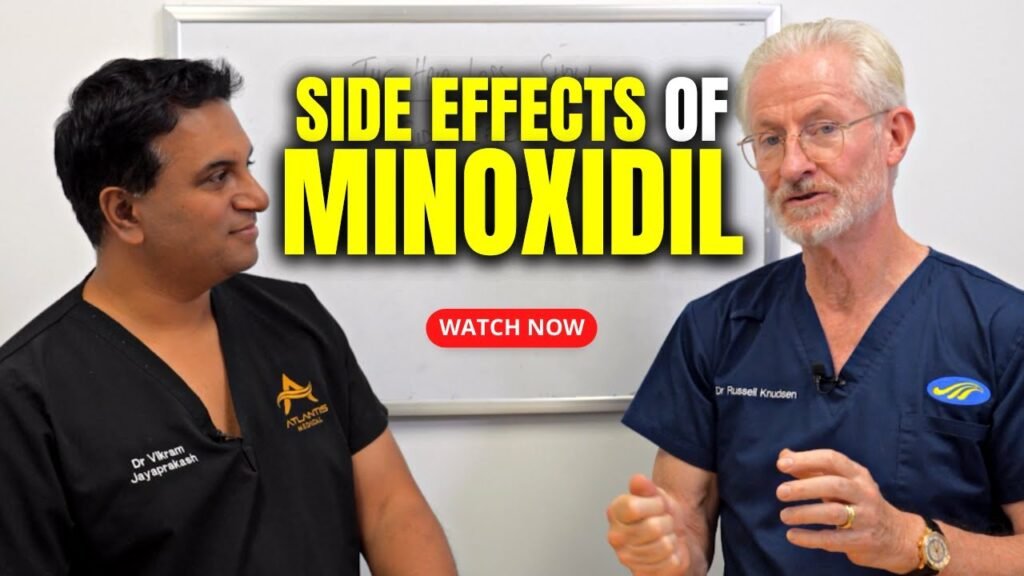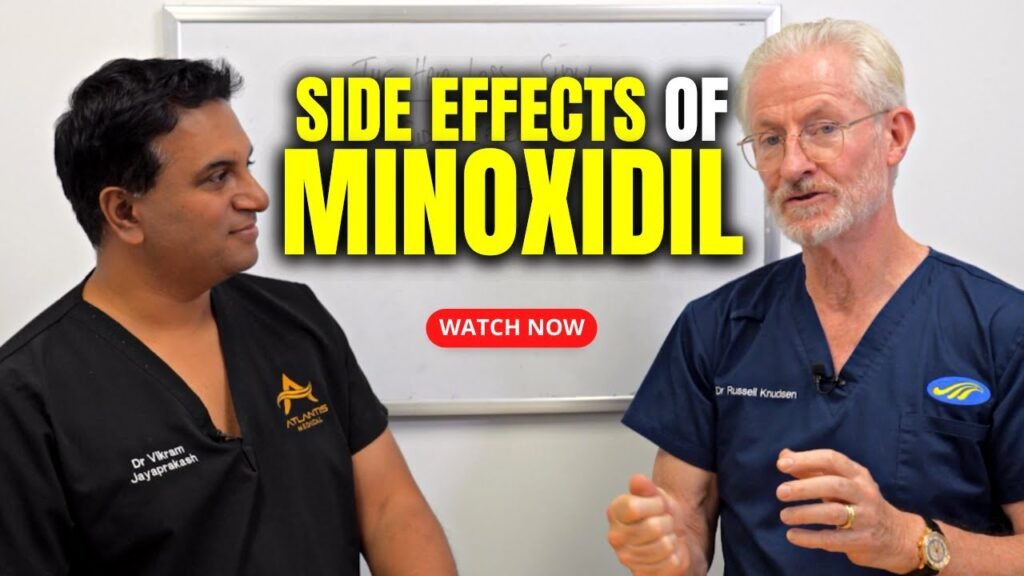Understanding Minoxidil and Its Uses
Minoxidil is a well-known medication primarily used for the treatment of hair loss in both men and women. Originally developed as an oral medication for high blood pressure, it was discovered that minoxidil had a unique side effect: it promoted hair growth. This led to the development of topical formulations, commonly available in liquid or foam, specifically designed to combat hair thinning and stimulate regrowth. When applied directly to the scalp, minoxidil increases blood flow to hair follicles, thereby encouraging thicker and healthier hair.
How Minoxidil Works
The mechanism by which minoxidil promotes hair growth is still not entirely understood, but it is believed to work by extending the anagen phase of the hair growth cycle. The anagen phase is the active growth phase of hair follicles, and by prolonging this period, minoxidil helps produce longer strands of hair. Additionally, minoxidil is thought to open potassium channels, leading to improved blood circulation in the scalp. This enhanced blood flow delivers more nutrients and oxygen to the hair follicles, further supporting hair regrowth.
Common Uses of Minoxidil
Minoxidil is widely used for treating androgenetic alopecia, commonly known as male or female pattern baldness. This condition is characterized by progressive hair thinning and is the most prevalent cause of hair loss worldwide. Besides pattern baldness, minoxidil is sometimes prescribed for other forms of hair loss, such as alopecia areata, though its effectiveness can vary. It is important to note that consistent application is crucial for achieving desired results, and discontinuation can lead to the cessation of hair growth and a return to previous levels of hair loss.
Identifying the Common Symptoms of Minoxidil Side Effects
Minoxidil is a popular topical medication primarily used for treating hair loss. While it can be effective, users should be aware of potential side effects. One of the most frequently reported symptoms is scalp irritation. This can manifest as itching, redness, or a burning sensation on the area where Minoxidil is applied. Its essential to monitor these reactions closely, as persistent irritation may necessitate discontinuing use or consulting a healthcare professional for further guidance.
Unwanted Hair Growth is another symptom that some users experience. While Minoxidil is intended to stimulate hair growth on the scalp, it can sometimes lead to hair growth in other areas, such as the face or hands, especially if the medication comes into contact with these areas during application. To minimize this risk, ensure that the solution is applied precisely and any excess is thoroughly washed off.
In rare cases, users may experience more severe side effects such as dizziness, chest pain, or an irregular heartbeat. These symptoms could indicate a more serious reaction to the medication. If you experience any of these, it is crucial to seek medical attention immediately. Monitoring your bodys response to Minoxidil and being aware of these potential side effects can help you use the product safely and effectively.
How to Manage and Minimize Minoxidil Side Effects
When using minoxidil, a common treatment for hair loss, its important to be aware of potential side effects and how to manage them effectively. One of the first steps in minimizing side effects is to follow the recommended dosage instructions provided by your healthcare provider or the product label. Overuse or incorrect application can increase the risk of adverse reactions. If youre new to minoxidil, consider starting with a lower concentration to see how your body reacts before moving to a stronger formula.
Monitor and Address Scalp Irritation
Scalp irritation is a frequent side effect of minoxidil, often manifesting as dryness, itching, or redness. To manage this, ensure that you are applying the product to a clean, dry scalp and not using more than directed. If irritation persists, you might want to try using a moisturizer on the scalp, but ensure its compatible with minoxidil. Additionally, consider switching to a foam formulation, which may be less irritating for some users compared to the liquid version.
Manage Excessive Hair Shedding
Some users experience increased hair shedding when they first start using minoxidil. This is typically temporary and part of the process as new hair begins to grow. However, if shedding continues beyond a few weeks, consult with a healthcare professional. They may recommend adjusting the dosage or trying alternative treatments. Its crucial to remain patient during this period and avoid abruptly discontinuing the product, as this can exacerbate hair loss.
When to Seek Medical Attention for Minoxidil Side Effects
Minoxidil is a popular treatment for hair loss, but like any medication, it can cause side effects. While many users experience only mild reactions, certain symptoms warrant immediate medical attention. If you notice severe scalp irritation, such as redness, swelling, or burning, it’s essential to consult a healthcare professional. These symptoms could indicate an allergic reaction or an inappropriate application of the product, both of which require medical evaluation to prevent further complications.
Additionally, systemic side effects, though rare, can occur and necessitate prompt medical intervention. If you experience symptoms such as chest pain, rapid heartbeat, dizziness, or fainting, it’s crucial to seek medical help immediately. These could be signs of cardiovascular issues, as minoxidil can affect blood pressure. Your healthcare provider may need to adjust your treatment plan or explore alternative solutions to ensure your safety.
Another critical aspect to monitor is unexpected hair growth in areas other than the scalp, such as the face or body. While not immediately dangerous, this side effect can be distressing and may require a professional assessment to determine the best course of action. Consulting with a dermatologist or healthcare provider can help manage these symptoms effectively, ensuring that your treatment with minoxidil remains both safe and effective.
FAQs About Minoxidil Side Effects and Their Symptoms
What Are Common Side Effects of Minoxidil?
Minoxidil, a popular treatment for hair loss, can have several side effects. Some of the most common ones include itching, dryness, and redness of the scalp. Users may also experience increased hair shedding initially, which is usually temporary. Its important to note that these symptoms typically subside as your scalp adjusts to the treatment. If you experience persistent irritation, consulting a healthcare professional is advisable.
Are There Any Serious Side Effects to Be Aware Of?
While most people tolerate minoxidil well, some might experience more serious side effects. These can include rapid heart rate, dizziness, or swelling of the hands and feet. In rare cases, users might notice unwanted facial or body hair growth. If you encounter any of these symptoms, it is crucial to discontinue use and seek medical advice immediately. Being aware of these potential reactions can help you use minoxidil safely and effectively.
How Can I Manage Minoxidil Side Effects?
Managing side effects from minoxidil involves a few simple steps. To alleviate scalp irritation, consider using a gentle shampoo and conditioner. Keeping your scalp moisturized can also help reduce dryness and flakiness. If you notice increased hair shedding, give the treatment time to work, as this phase is usually temporary. For any persistent or severe symptoms, consult a healthcare provider to discuss alternative treatments or solutions.


